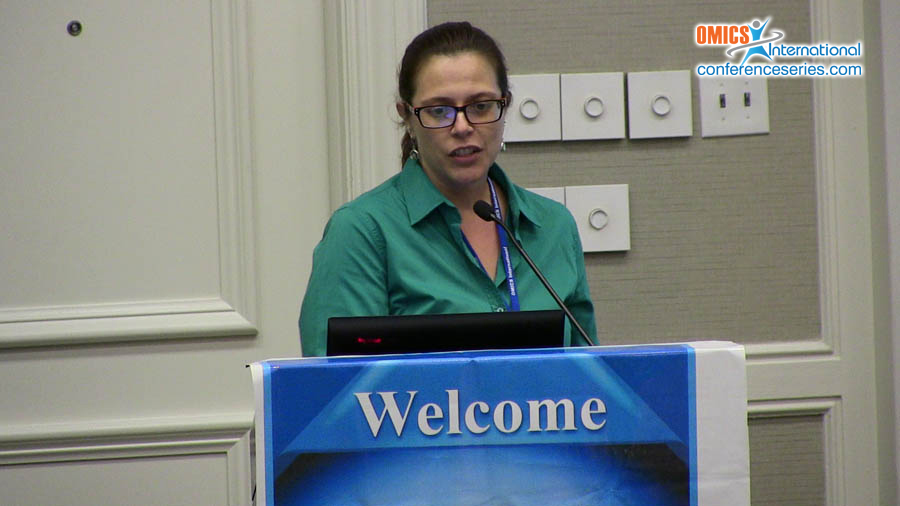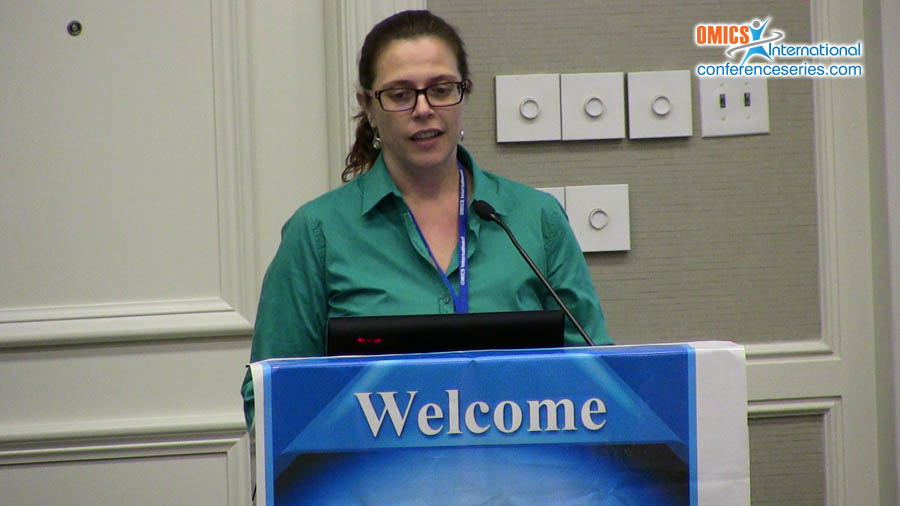
Lenita de Freitas Tallarico
State University of Campinas, Brazil
Title: Relevance of assays using mollusks and perspectives in environmental risk assessment
Biography
Biography: Lenita de Freitas Tallarico
Abstract
Chemical compounds in the aquatic environmental can cause effects on organisms, interacting with natural stressors, affecting the reproduction and survival of the exposed population. It is important to consider the new tools for understand the relationship between the levels of contaminants in the ecosystem and their effects on the local biota. For this, the best strategy is to use native species with ecological significance and sensitive to environmental pollutants. Considering that two thirds of the Earth is compound by aquatic environment and more than 90% of the living species are invertebrates and that gather the second largest group in kingdom Animalia, the mollusks represent an important group in food chains. These organisms are vital to sustaining many habitats, and have been excellent environmental health indicators, acting as early warning sentinels of habitat deterioration. Tests developed with molluscan species may therefore be more amenable to extrapolation in risk assessment programs than ones based on phyla less numerically significant. Several studies demonstrated that freshwater gastropods have been important in eco toxicological assessments, especially with Biomphalaria glabrata (Say, 1818), Lymnaea stagnalis (Linnaeus, 1758) and Potamopyrgus antipodarum (Gray, 1843). The development of new toxicity and mutagenicity tests with species of environmental significance is necessary for the adoption of control profiles in polluted areas and serves to conserve areas less disturbed. The next step that being started is standardize these assays by regulatory agencies to evaluation of the chemical substances and water samples.





